Insurance Facts & Info
Life insurance
About sixty percent of all people in the United States were covered by some type of life insurance in 2018, according to LIMRA’s 2018 Insurance Barometer Study. Other findings from the study include:
- Among those with life insurance, about 1 in 5 say that they do not have enough.
- Half of all adults visited a life company website and/or sought life insurance information online in 2018. Almost 1 in 3 purchased or attempted to purchase life insurance online — about the same as in 2017.
- Consumers overestimate the cost of life insurance, especially younger generations; 44 percent of Millennials overestimate the cost at five times the actual amount.
- Half of all consumers say they are more likely to purchase life insurance if priced without a physical examination.
Life individual market share by distribution channel, 2010 & 2019

(1) Includes brokers, broker-dealers, personal producing general agents and registered investment advisers.
(2) Includes agency building, multiline exclusive and home service agents.
(3) No producers are involved. Excludes direct marketing efforts involving agents. Includes internet sales where consumers submit online applications.
(4) Includes financial institutions, worksite and other channels.
Information Sources: U.S. Individual Life Insurance Sales Trends, Industry Estimates, 1975-2019, LIMRA, 2020. Facts information can be found at https://www.iii.org/
4C Insurance is not affiliated with, or partnered with any of the mentioned parties. All information found above is public.
